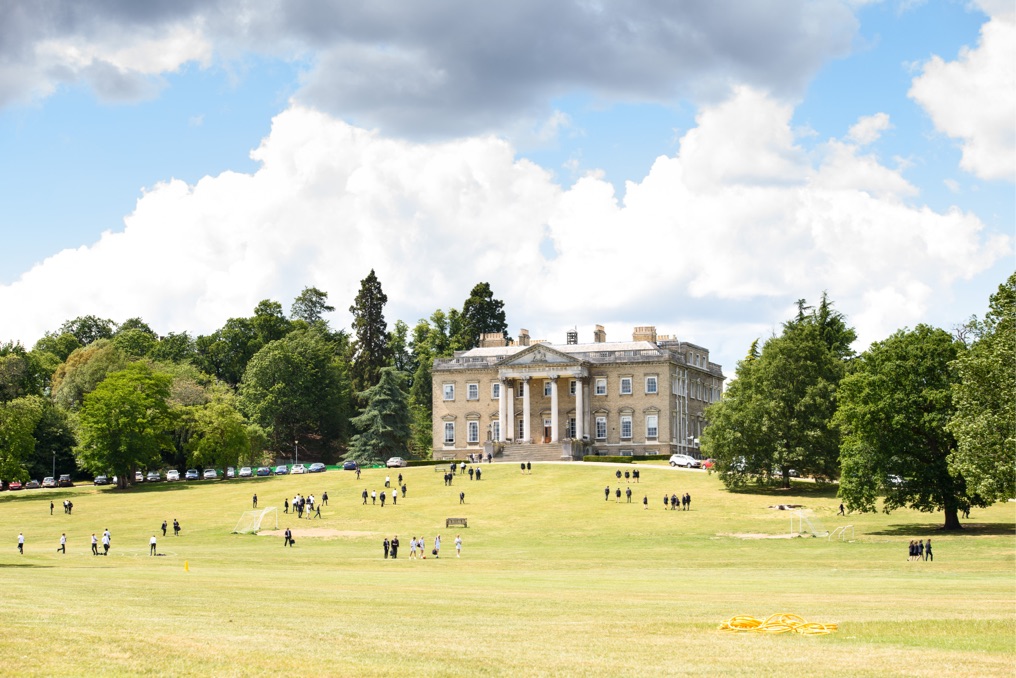Claremont School
Astor, Class of 1967
Gillian Scanlon (McCaw)
During Covid lockdown, Gillian reminisced on boarding at Claremont School and compiled a book of her memories. Gillian shares extracts including the order of the school day and winning the South of England Schools’ Trophy in lacrosse:

“Below is the ordering of our school day, this stayed more or less constant all the time I was at Claremont, only the length of our after school prep and the times of our ‘lights out’ changed as we got older.
6.55 Bell to wake up, wash, get dressed ready to go to our location for Quiet Time. I have been told that we were supposed to wash all over each morning, though I am sure that I just washed my face. Though we had central heating it was never very warm in winter, so I used to get dressed while in bed, wiggling my clothes on under my blankets and eiderdown. We had to make our beds and leave them neat and tidy before going down to Quiet Time. If the bed was considered not properly neat the Matron would pull the mattress onto the floor so that the whole bed would have to be completely remade.
7.25-7.45 Quiet Time in our classrooms sitting at our desks with our Bible and Science and Health to read the ‘lesson for the day’ as set out in the Christian Science Quarterly. We would usually have marked out the text for each day on Sunday in blue chalk on the appropriate page, and pages marked with a sort of numbered paper clip, or more extravagantly by a kind of system of flexible metal markers.
8.00 Breakfast Porridge daily but cornflakes on Sunday: you could bring golden syrup to put on your porridge or melt the brown sugar provided. If you gently poured milk around the edge of the set porridge you would be able to swirl the whole around in a most satisfactory way. A cooked breakfast followed the menu changing daily from: scrambled eggs, bacon and tomato, fried eggs and sausage, or bacon and baked beans, but we had boiled eggs on Wednesday and Sunday. Fried bread. Sometimes I followed Dad’s recommendation and had marmalade on fried bread with my bacon. We had toast too, and I learnt to lean the slices of toast upright to stop them going soggy.
8.30-8.45 Outside in the fresh air even if it was raining.
9.00-11.15 Lessons Single lessons were usually 45 minutes long. Bell rung by Bell Monitor, a top job.
11.15 – 11.30 Break We all had milk in quarter pint bottles to drink with straws (all children had free milk at school until 1968) and a bun; sticky buns (which I did not like) Mondays and Fridays, Chelsea buns Tuesdays and Thursdays and iced finger buns on Wednesdays.
11.30-1.00 Lessons
1.00-2.00 Lunch We were told that our lunch should take at least 20 minutes to eat, though often it took less. If we ate too quickly we would be made to wait until at least 10 minutes had passed. In the Junior School we had a rota to help with the washing up; if you put the cutlery in the sink first it would be clean by the time the plates on top were washed.
1.30 was ‘chucking out time’ when prefects checked everyone was out of the building. At least 10 minutes had to be spent outdoors in the fresh air whatever the weather.
2.00-4.00 Lessons
4.00 Tea Bread and jam. There was cake too, but the rule was you had to have a slice of bread and jam first before going on to the cake.
4.30 Prep in our classrooms of varying lengths, from none in First Year to minimum 2 hours in Sixth Form. In the Junior School prep was supervised by staff but in the Senior School it was supervised by the Prefects. Sixth Form prep was not supervised and very often took longer than 2 hours.
7.00 Supper but on Wednesdays and Sundays we had High Tea at 5.15 followed by Last Laps at 7.30. We sometimes had bananas at supper, and I learnt that by cutting the end in the correct place the seeds of the banana could show a ‘yes’ or ‘no’ answer to a question; usually the question was about who you loved. Last laps was left over cakes and buns laid out in the Servery for us to help ourselves.
Free time between supper and lights out was usually spent in our Common Rooms. TV programmes were few and a very occasional treat.
8.30 Lights Out for First and Second Years”
“LACROSSE was the main winter sport at Claremont and was taught from Second Form, aged 12, though then I was actually only 11. I was told that the Claremont chose lacrosse in preference to hockey because running around bending over a hockey stick would be bad for the girls deportment, unlike lacrosse where one ran upright cradling the ball in the stick’s net. The lacrosse pitch is a strange one; just a small goal at each end but no other territorial lines at all, players can run behind the goals or off to the side. If the referee or teacher decides the players have run too far from the pitch they will blow a whistle to stop play and bring players back. I found that Wing Defence was my most suitable position.
Lacrosse seems to be played almost exclusively in the south east of England and in the area around Manchester, so that when I was undergraduate at Manchester I was able to continue playing lacrosse. In 1970 our team won the WIVAB (Women’s Intervarsity Athletics Board) trophy. Sadly Mum took charge of the winner’s teaspoon I received and it was stolen from her house. Later the demands of my course work in architecture meant that I had to give up playing lacrosse, though I think that by then I had achieved as much as I could in the game.
We played against other local private school teams with matches on most Saturdays. The high point of my school lacrosse career was when I played in the Claremont team that won the South of England Schools’ Trophy. We played at Mottingham Park against five other schools, one of whose pupils arrived in long cloaks; we beat Roedean in the semi-finals and Battle Abbey in the final. The pupils from Battle Abbey were a little scary encouraging their team with shouts of ‘Battle’, ‘Battle’. Several of our team were selected for the National Team; I was a reserve selection.”






